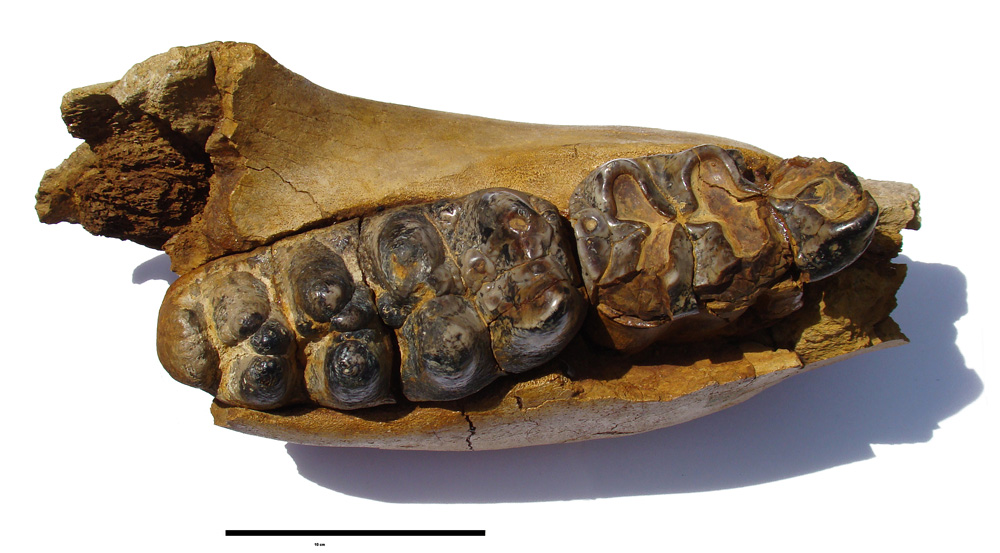Fossil Fish, Amphibians & Sauropsids
The BSPG houses an extensive collection of fossil fishes, amphibians and reptiles (including birds), which, despite lamentable losses during World War II, contains numerous historical type and voucher specimens. Especially worth mentioning are certainly type specimens of important paleontologists of the 19th century, among others Georg Graf zu Münster (1776-1844), Andreas Wagner (1797-1861), Hermann von Meyer (1801-1869), and Louis Agassiz (1807-1873).
Due to the eventful history of the institution and its scientists, the collection of “lower vertebrates” of the BSPG is very diverse. The collection focuses on the fossil fish and reptiles of the Upper Jurassic plate limestones of Bavaria as well as the fish, amphibians and reptiles (including birds) of the Bavarian Molasse. Other important parts of the collection are the Permian and Triassic synapsids of the Karoo Basin of South Africa, the archosauriforms from the Santa Maria sequence of southern Brazil, and the Triassic dinosaur remains from the excavation near Ellingen in Bavaria. Particularly noteworthy individual objects in the collection include the first scientifically described pterosaur (Pterodactylus; first described by Cosimo Alessandro Collini in 1784), the counterplate of the original feather of the proto-bird Archaeopteryx, the small predatory dinosaur Compsognathus, and specimens of the proto-birds Archaeopteryx and Alcmonavis. All these fossils come from the Upper Jurassic Plattenkalken of the Altmühltal, which underlines the international importance of this site.

